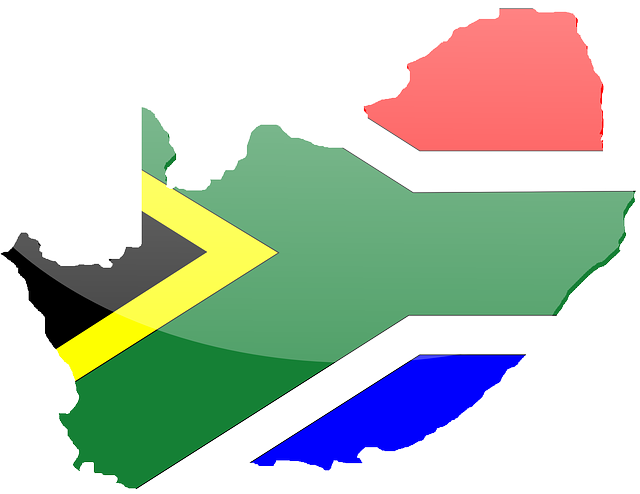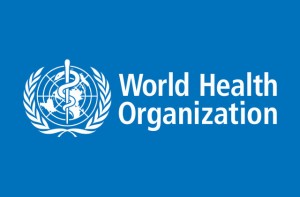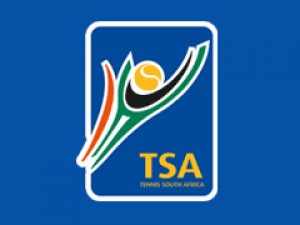A rapid assessment of health-care facilities by the World Health Organization (WHO) and the Ministry of Health and Population in the earthquake-stricken areas has found that hospitals in 4 of the worst-affected districts are completely destroyed or too badly damaged to function. Five other major hospitals, providing important health care in the districts, were found to be functioning but urgently in need of further medical supplies.
Preliminary findings from the assessment, found that while there was a shortage of supplies, sufficient health personnel were available to treat patients arriving in the functioning hospitals.
“WHO staff have been working round the clock to gather this snapshot of the damage inflicted on Nepal’s hospitals and clinics by the earthquake,” according to WHO’s Country Representative for Nepal, Dr Lin Aung. “This information will be a vital tool in guiding the short- to medium-term response by national and international healthcare providers, determining where to move health teams and supplies in the country.”
Teams visited 21 hospitals in 12 of the districts most severely-impacted by the 25 April earthquake to gather information and found that a total of 17 hospitals were still operational.
Many hospitals told the assessment teams that they were experiencing a shortage of supplies, including essential medicines, surgery kits, IV fluids, antibiotics and suturing materials, while tents and mattresses were also required. WHO has already provided essential medicines and supplies to treat 120 000 people for three months, as well as trauma and surgical kits. Additional supplies, including urgently needed medical tents, are scheduled to arrive in Kathmandu this weekend.
WHO is coordinating the deployment of foreign medical teams and humanitarian organizations to priority districts based on the needs of affected populations and the capacities of partner organizations.
Field hospitals are being set up on the site of the 4 non-functioning district hospitals, identified as Ramachhap, Trisuli , Chautara, and Rasuwa. The 5 hospitals found to be functional but needing urgent support include Gorkha District Hospital, Patan Academy of Health Sciences, Dhading District Hospital, Hetauda District Hospital and Alka hospital in Lalitpur. They will be receiving additional supplies of essential medicines and equipment starting today.
“The fact that hospitals do not need additional staff, and that thousands of patients are receiving treatment, shows that the preparedness measures taken by Nepal for emergencies are making a difference,” says Dr Roderico Ofrin, head of WHO’s emergency response. “But we must continue replenishing medical supplies, ensuring patients
are treated, and that those who require rehabilitation receive it.”
Dr Ofrin adds: “We must remain vigilant in our efforts to prevent and control communicable disease outbreaks, like diarrhoea, while striving for the resumption of care for pregnant women, and treatment of conditions like TB, HIV, diabetes, cancers, lung and heart diseases. Ensuring women and children receive the healthcare they need is a priority.”
While the rapid assessment provides a snapshot of pressing needs in the aftermath of the quake, additional and ongoing assessments will provide a better picture with which the government and health sector can tailor
the delivery of medical relief.
According to official figures received on 1 May, 6200 deaths have been recorded while approximately 14 000 people are injured.








